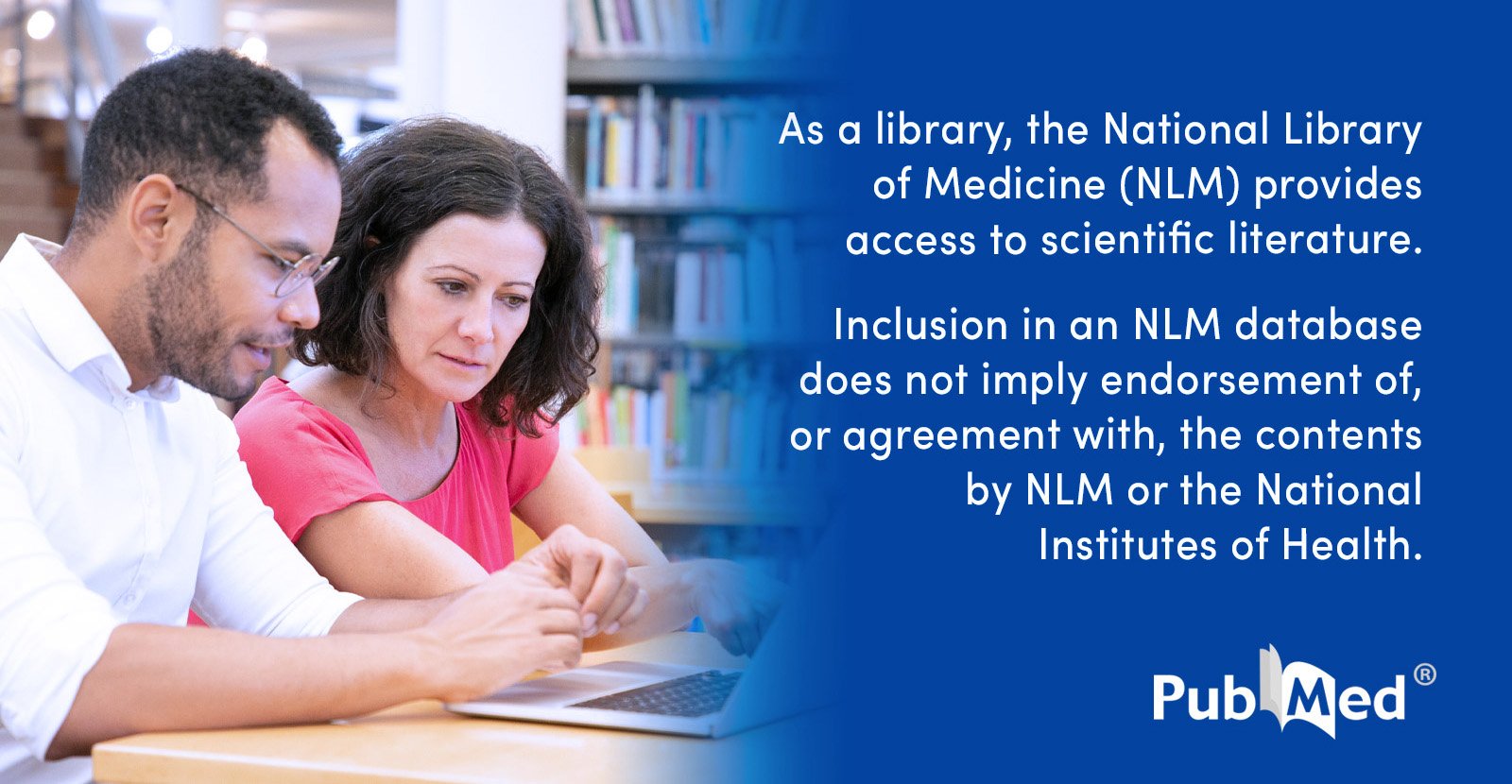- Joined
- Jul 7, 2007
- Messages
- 133
- Reaction score
- 46
- Points
- 4,646
- Attending Physician

Musculoskeletal Ultrasound as a Motivator for Selecting a Physical Medicine and Rehabilitation Residency Program in the United States: A Multicenter Survey Study - PubMed
This study aimed to determine the influence of musculoskeletal ultrasound (MSKUS) curriculum on applicants during the residency-selection process. A survey of 666 applicants for the Johns Hopkins University, Mayo Clinic, and Harvard/Spaulding Rehabilitation Physical Medicine and Rehabilitation...
It is very sad that future PM&R applicants are looking at Ultrasound training as tool to rank programs. Where is our field going??
i am not discrediting ultrasound and I do use the ultrasound.
In the real world, good luck utilizing ultrasound as diagnostic tool for MSK. depending on the settings you practice, some clinicians will laugh PM&R utilizing Ultrasound. The reimbursement is low for using ultrasound and there are so many courses out there that you can catch up using ultrasound if you did not learn much in residency.
In the real world, no matter how good you are with injection, there are patients who want to get injections fast and walk away and some patients get scared when doctors bring gigantic GE machine in front of them.
I honestly want to say that ultrasound is becoming academic dildo with unachievable dreams. ultrasound for facet injections ultrasound for SI joint injection what is the point????
Ultrasound is great but what are these young milenials thinking??


